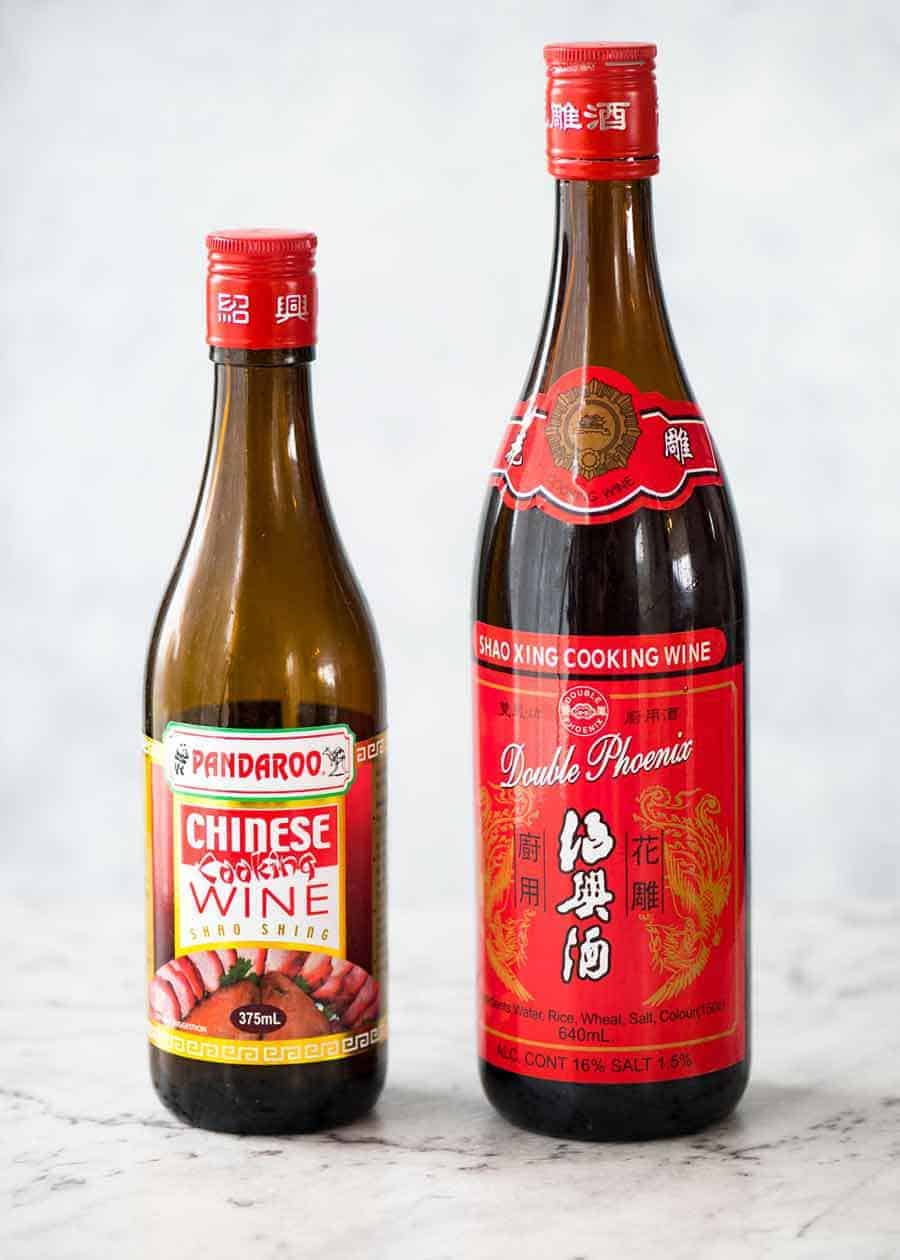A Beginner’s Guide to Chinese Cooking Wine for Busy Parents
Hello, fellow parents! Are you ready to add a splash of excitement to your family meals? Let’s talk about a secret ingredient that’s a game-changer in the kitchen: Chinese cooking wine! Yes, I’m looking at you, busy bee! Despite the hustle and bustle of parenthood, you can still prepare restaurant-worthy Chinese dishes right at home. So, grab your aprons, and let’s dive into the wonderful world of cooking wines from China!
What is Chinese Cooking Wine?
Chinese cooking wine, often referred to as Shaoxing wine, is a fermented rice wine used in Chinese cuisine to enhance flavors and tenderize ingredients. It’s the magical potion that gives that authentic depth and richness to your favorite take-out dishes. With this guide, you’ll learn not only what it is, but also how to select and use it like a pro!
Why It’s a Must-Have in Your Kitchen Pantry
Imagine the delight of your little ones as they dig into a homemade stir-fry or sweet and sour chicken that rivals their favorite Chinese restaurant. Chinese cooking wine does just that – it’s the unsung hero that provides a complexity of flavor you simply can’t achieve with other ingredients. And the best part? It’s incredibly versatile!
Selecting the Right Chinese Cooking Wine
Now, let’s get down to business: picking the perfect bottle. There are various types of Chinese cooking wines available, each with its own unique flavor profile. The most well-known, Shaoxing wine, is a great all-rounder, but there are others like Mijiu, rice wine, and Huangjiu you might come across. We’ll explore these different options, ensuring you can choose confidently.
How to Cook With Chinese Cooking Wine
Arm yourself with knowledge to wield this culinary weapon effectively. Learn the how’s of marinating meats, flavoring broths, and deglazing pans. Understanding the proper amounts and timing can elevate a simple weeknight dinner to a feast fit for emperors (or at least your little emperors-in-training).
Non-Alcoholic Substitutions
Let’s face it: Cooking with alcohol isn’t everyone’s bottle of wine, especially with kids around. No worries! We’ve got your back with non-alcoholic substitutions that maintain the integrity of those delectable flavors. From broths to fruit juices, you’ll discover how to keep your dishes family-friendly without sacrificing taste.
Pairing Food with Chinese Cooking Wine
Just as a sommelier pairs wine with food, let’s pair Chinese cooking wine with the right ingredients to create harmony in your dishes. We’ll share which meats, vegetables, and sauces go hand-in-hand with this versatile ingredient to help you craft balanced and delicious meals.
A Health Perspective
As parents, we’re always conscious about what goes into our family’s meals. We’ll delve into the nutritional aspects of Chinese cooking wine and discuss how it fits into a healthy diet, ensuring you can use it with peace of mind.
Storing and Shelf Life
No more mystery bottles lost in the back of your pantry! Learn the best practices for storing Chinese cooking wine to extend its shelf life and maintain its flavor. Say goodbye to waste and hello to always being prepared for a flavor-packed cooking session!
FAQs
Have questions? Of course, you do! We’ll answer the most frequently asked questions about Chinese cooking wine, covering everything from purchasing tips to exact measurements in recipes.
Best Chinese Cooking Wine Recipes to Try
Ready to start experimenting with Chinese cooking wine? We’ll provide a selection of hand-picked recipes that are both kid-approved and parent-appreciated. These tried-and-true dishes are sure to please your family and make you the star chef of the household.
Grab your nearest bottle of Chinese cooking wine—or jot down a note to pick one up on your next grocery run—and stay tuned as we uncover the secrets to transforming your kitchen into the next best thing to a Chinese takeaway. Your family’s taste buds are about to be wowed!

5 Essential Tips for Parents Preparing with Chinese Cooking Wine
When integrating Chinese cooking wine into your family cooking routines, here are five key things to keep in mind:
1. Understand the Role of Cooking Wine in Chinese Cuisine
Chinese cooking wine is not just about adding a boozy kick to your meals; it’s much more nuanced. This wine is used to balance flavors, add aroma, and enhance the natural taste of your ingredients. It marries well with other staples like soy sauce and ginger, creating layers of flavor that can take a dish from good to great!
2. Get to Know Your Wines
Becoming familiar with different types of Chinese cooking wines is like getting to know the spices in your rack. Shaoxing wine is rich and adds a warming note, perfect for hearty meals. Clear rice wines are lighter, ideal for seafood and poultry. Don’t be afraid to ask your local Asian grocer for recommendations based on what you’re cooking.
3. Moderation is Key
Like all good things in life, moderation is crucial with Chinese cooking wine. Too little, and you won’t notice the effect; too much, and it can overpower other flavors. Start with a small amount; you can always add more, but you can’t take it out once it’s in the dish. A good rule of thumb is one tablespoon per pound of meat or vegetables.
4. Consider Allergy and Dietary Restrictions
As diligent parents, always take into account any allergy and dietary restrictions your family may have. Chinese cooking wine is made from fermented rice and wheat, which means it contains gluten. For gluten-free cooking, seek out alternatives or gluten-free labeled cooking wines.
5. Encourage Kids to Explore New Flavors
Involve your kids in the cooking process! Let them smell the wine and add a splash under supervision. This is a fabulous opportunity to teach them about different cuisines and flavor profiles. Plus, kids are more likely to eat and enjoy food they’ve helped prepare.
For more great articles please see here. For more information see here
Disclaimer
The articles available via our website provide general information only and we strongly urge readers to exercise caution and conduct their own thorough research and fact-checking. The information presented should not be taken as absolute truth, and, to the maximum extent permitted by law, we will not be held liable for any inaccuracies or errors in the content. It is essential for individuals to independently verify and validate the information before making any decisions or taking any actions based on the articles.




